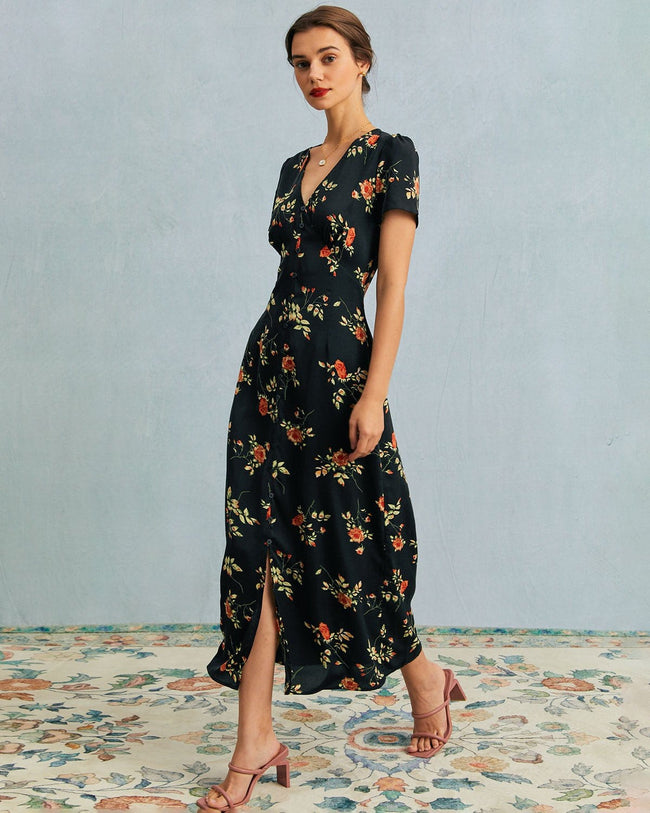Beyond the Shine: A Practical Guide to Silk Alternatives
Let’s be direct. We love silk for what it represents: luxury, elegance, and a feeling that is almost liquid. But the reality of silk is often high cost and high anxiety. You're afraid to wear it, afraid to wash it, and afraid to even look at it.
The search for a "silk alternative" is not just about finding something shiny. It’s about finding a fabric that solves a problem. But here is the secret: there is no single perfect alternative.
Instead, there are trade-offs. Some fabrics give you the drape but not the luster. Others give you the luster but trap heat.
The goal isn't to find a "fake silk." The goal is to understand these fabrics so you can choose the right one for the right moment. Let's break down the three main families of silk-like fabrics.
The "Look-Alikes" Polyester & Satin Weaves
This is what most people think of. These fabrics focus on copying the look of silk, specifically its high shine.

-
The Fabric: Polyester Satin, Charmeuse.
-
The Key: "Satin" is a weave, not a fiber. It creates that flat, high-shine surface. Most of the time, this weave is made from polyester fibers.
-
The Upside The Win: Durability and shine. This fabric gives you that dramatic, liquid-metal look in photos. It's tough, holds its shape, resists wrinkling, and is very affordable.
-
The Downside The Trade-Off: This is where people feel "cheap." Why?
-
Luster vs. Sheen: Silk has a soft, pearly luster that comes from its triangular fibers. Polyester has a bright, flat sheen that can look plastic-y under harsh light.
-
Breathability: It has none. It’s plastic. It traps heat and sweat, which can make it feel sticky and uncomfortable at a long event.
-
Drape: It can be stiff. It doesn't always flow and drape around the body; it often just "sits" on you.
-
How to Choose a Good Satin Dress: The problem isn't polyester; it's bad polyester. When shopping, look for "heavyweight satin" or "crepe-back satin." These heavier versions have a much better drape and a more expensive, subtle shine. They are perfect for structured formal dresses or bridesmaid gowns where durability and "the look" are more important than breathability.
The "Feel-Alikes" Regenerated Cellulose
This family of fabrics is made from natural materials, usually wood pulp. They are designed to copy the feel and drape of silk.

-
The Fabric: Viscose, Rayon, Modal, and the star: Tencel .
-
The Upside The Win: Breathability and drape. These fabrics feel amazing on the skin. They are soft, lightweight, and manage moisture, so you won't feel sweaty. Their drape is fluid and moves with you, much like real silk.
-
The Downside The Trade-Off:
-
Luster: They are often much more matte. They don't have that signature silk shine, looking more like a washed or matte silk.
-
Durability: They can be delicate. Many (especially standard rayon) wrinkle very easily and can shrink or lose their shape when wet.
-
How to Choose a Good Viscose/Tencel Dress: Look for Tencel (which is the brand name for Lyocell). Tencel is a modern, high-performance version. It's much stronger, wrinkles less, and is made in a very eco-friendly way. A Tencel dress is the perfect choice for a summer wedding or a vacation. You get the elegant, flowy silhouette and you stay cool, but you trade the shine for comfort.
The "Specialist" Cupro
This one gets its own category. It’s the fashion industry's best-kept secret and, in many ways, the best all-around silk mimic.

-
The Fabric: Cuprammonium Rayon, or "Cupro."
-
The Key: It's made from cotton linter—the tiny fibers left on the cottonseed that are usually thrown away. It’s spun into an incredibly fine, strong fiber.
-
The Upside The Win: It has it all. It has the soft feel and breathability of Tencel, but it also has a beautiful, subtle luster that is much closer to real silk than polyester. It drapes beautifully and feels like a sand-washed silk.
-
The Downside The Trade-Off: It can be more expensive than polyester or basic rayon, and it can still wrinkle (though less than rayon).
How to Choose a Good Cupro Dress: Honestly, just buy it. If you see a dress made from Cupro, it’s a sign of quality. It's the perfect choice for a slinky slip dress or an elegant blouse. It gives you 90% of the silk experience without the anxiety.
The Solution: Choosing Your Dress for the Occasion
Now you can shop smart.
-
You're Going To: A formal, indoor wedding or gala.
-
Your Problem: You need to look stunning in photos, and the dress must not wrinkle.
-
Your Choice: A Heavyweight Polyester Satin. The shine and structure are what you need for this moment.
-
We use this at Rihoas for many formal dresses because it delivers that 'wow' factor and structure that our customers need for big events.
-
-
You're Going To: An outdoor, daytime summer party.
-
Your Problem: It's hot, and you need to look elegant while staying comfortable.
-
Your Choice: Tencel (Lyocell) or Modal. You trade the shine for superior comfort and breathability. You'll look cool and collected.
-
You're Going To: An important date or a chic cocktail party.
-
Your Problem: You want that slinky, luxurious, "quiet luxury" feel.
-
Your Choice: Cupro. This is your answer. It has the drape, the subtle luster, and the comfortable feel. It looks and feels expensive.
Conclusion: Stop looking for a "silk alternative." Start shopping for the performance you need. Once you know the trade-offs, you have the power. You can stop worrying if something looks "cheap" and start asking if it's the right fabric for the job. You're not just buying a dress; you're buying a smart solution.
